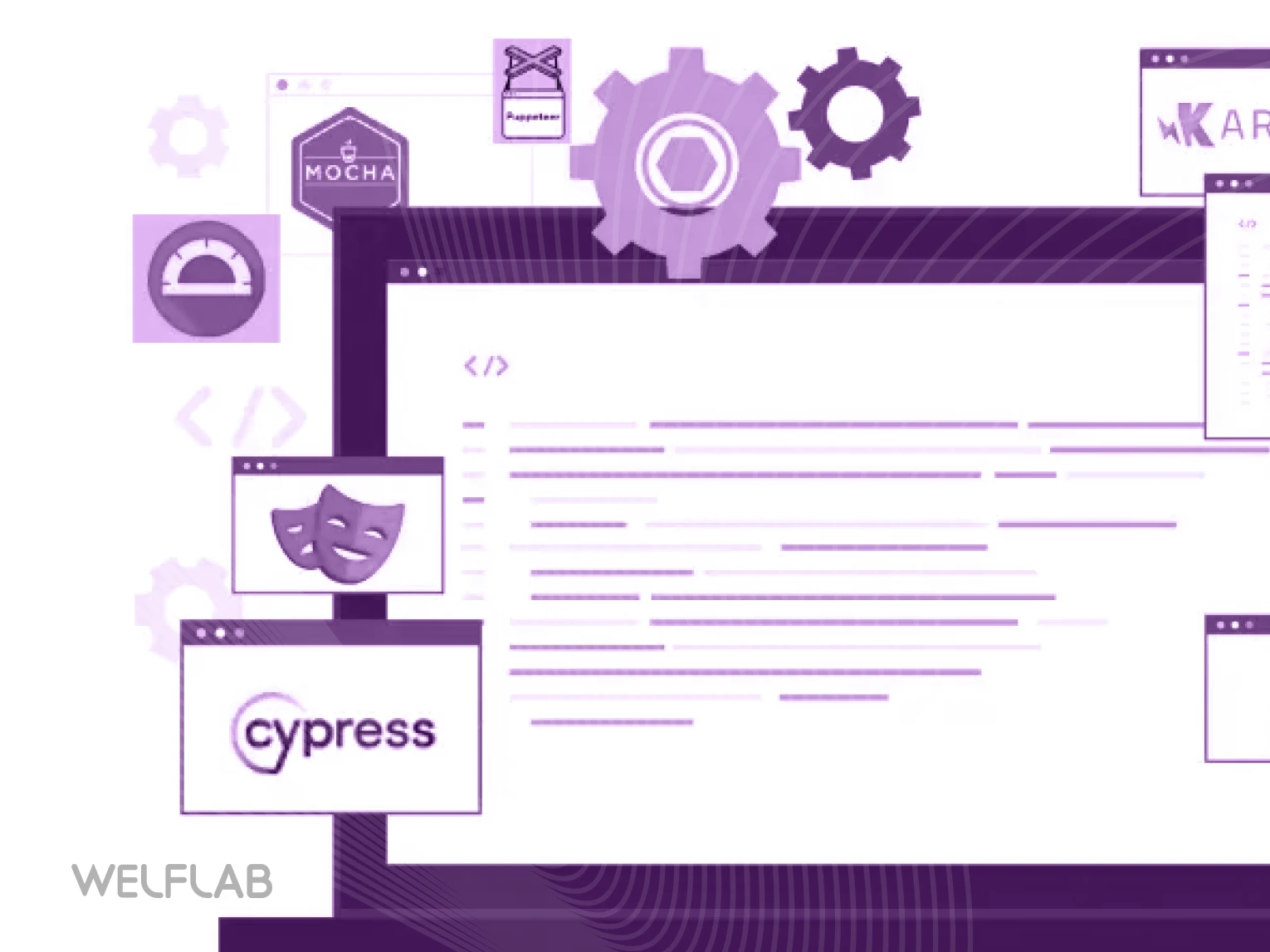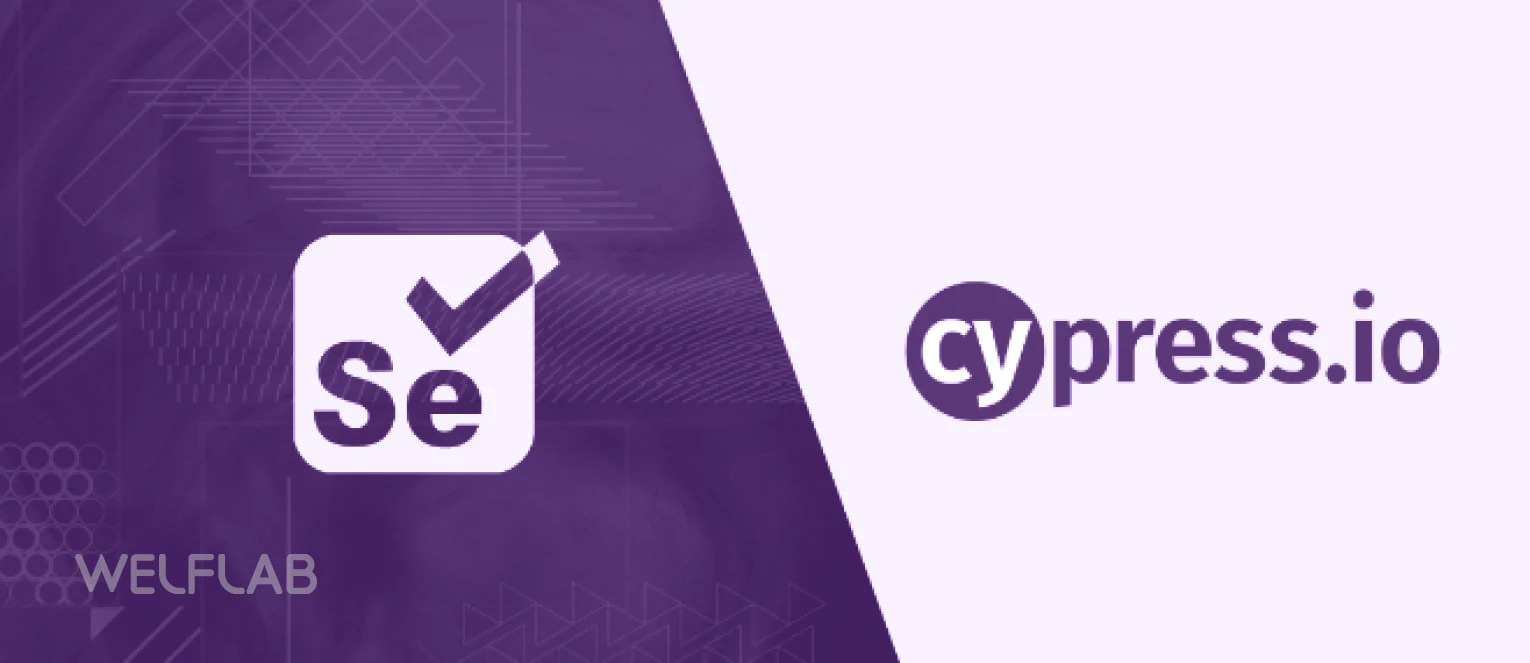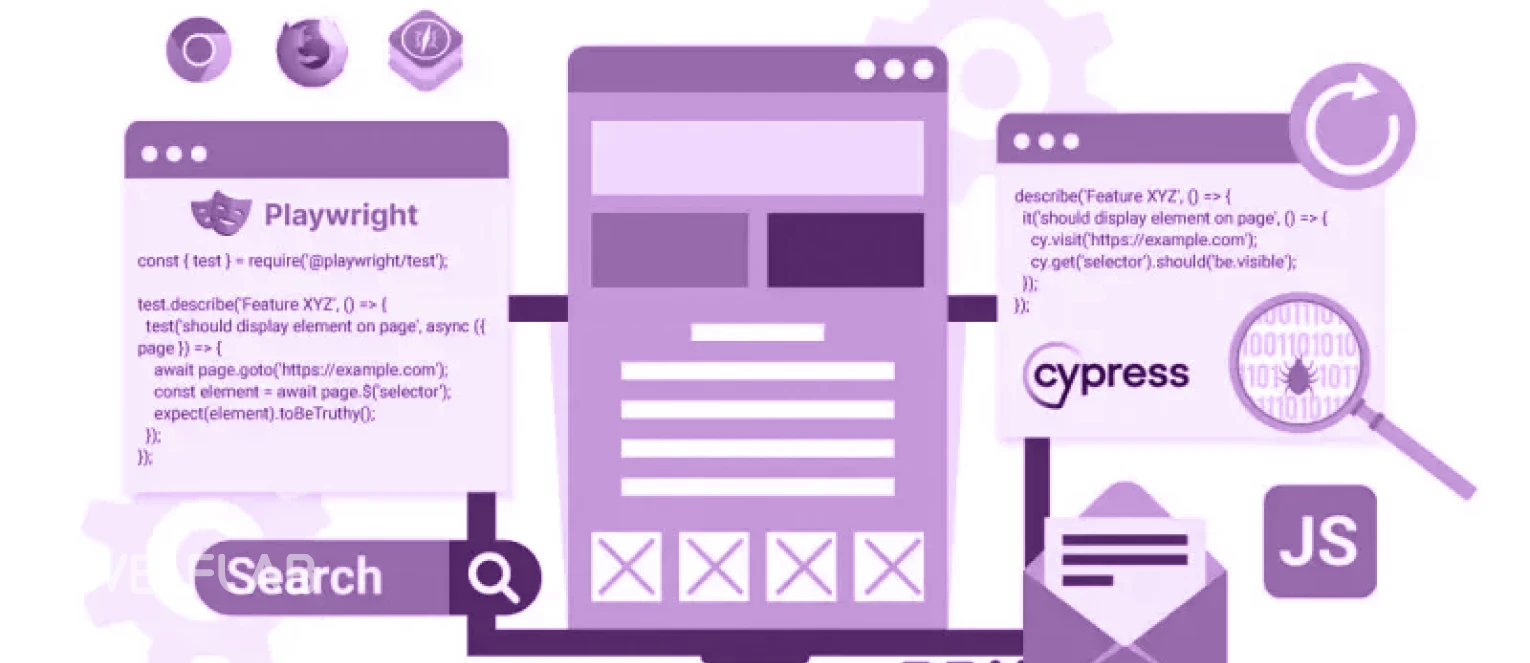A deep dive Into Cypress and Selenium: Choosing the right testing framework
When it comes to choosing the right testing framework for your software development project, two popular options often comes to mind: Cypress and Selenium. Both frameworks have their own strengths and weaknesses, making it crucial to understand their differences in order to make an informed decision. Cypress is a modern end to end testing framework that focuses on simplicity and speed. It offers a unique architecture that allows direct control over the browser, enabling faster test executing and better debugging capabilities.
With built-in support for real-time reloading, automatic waiting, and time-travel debugging, Cypress provides developers with an efficient workflow. On the other hand, Selenium has been a widely used testing framework in the industry for years. It supports multiple programming languages and browsers, making it highly versatile. Selenium’s open-source nature encourages community contributions and has led to a robust ecosystem of plugins and integrations.
While both frameworks aim to simplify the process of web application testing, there are key differences worth considering. Cypress is best suited for developers who prioritize speed and productivity with its easy setup and intuitive API. Selenium’s versatility makes it a good choice for projects with complex requirements or teams familiar with specific programming languages. Ultimately, choosing between Cypress and Selenium depends on your project’s specific needs.
Understanding The Importance Of Choosing The Right Testing Framework For User Interface Testing
User interface testing plays a crucial role in ensuring the quality and functionality of a software application. It involves validating that the user interface elements, such as buttons, forms, and navigation menus, work as intended and provide a seamless user experience. To achieve this, selecting the right testing framework becomes essential.
A testing framework acts as a foundation for creating and executing tests efficiently. It provides various tools and features that streamline the testing process, making it easier for testers to identify and resolve issues promptly. However, choosing the wrong framework can lead to inefficiencies, increased maintenance efforts, and reduced test coverage.The importance of selecting an appropriate testing framework lies in its ability to offer reliability, scalability, ease of use, and compatibility with different platforms. A well-suited framework allows testers to write clear and concise test scripts while providing robust support for automation tasks.
Moreover, considering factors like community support and frequent updates is vital in ensuring long-term sustainability. A popular framework with an active community enables knowledge sharing among testers and provides access to valuable resources.
In conclusion, understanding the significance of choosing the right testing framework is critical for successful user interface testing. It empowers testers to deliver high-quality software applications while optimizing their efforts through efficient test creation and execution processes.
Comparing Cypress And Selenium: Scalability, Flexibility, And Community Support
When it comes to choosing the right testing framework, scalability, flexibility, and community support are crucial factors to consider. Both Cypress and Selenium offer unique features in these areas. Scalability is an important consideration for any testing framework. Cypress boasts a highly scalable architecture that allows for parallel test execution, enabling faster feedback on larger test suites. On the other hand, Selenium also supports parallel execution but requires additional configuration and setup.
Flexibility is another key aspect to evaluate. Cypress provides a more straightforward and intuitive API that allows developers to write tests in JavaScript, making it ideal for front-end testing. Selenium supports multiple programming languages such as Java, C#, Python, and Ruby, providing more flexibility when choosing the language best suited for your project. Community support is essential for any framework’s success.
Both Cypress and Selenium have active communities that contribute to their growth and development. However, Selenium has been around longer, resulting in a larger community with extensive resources and documentation available. In conclusion, when comparing scalability, flexibility, and community support between Cypress and Selenium, both frameworks offer unique advantages. While Cypress excels in terms of scalability with its parallel test execution capabilities and provides an intuitive API for front-end testing; Selenium offers greater flexibility by supporting multiple programming languages.
Additionally, Selenium benefits from a larger community with more resources readily available.
Exploring Test Reporting Capabilities, Continuous Integration, And Code Reusability With Cypress And Selenium
When choosing a testing framework, it is crucial to consider its test reporting capabilities, seamless integration with continuous integration (CI) pipelines, and code reusability features. Both Cypress and Selenium offer powerful tools in these areas. Test reporting is essential for analysing test results and identifying issues. Cypress provides an interactive dashboard that displays detailed information about tests, including screenshots and videos.
It also offers plugins like Mochawesome for generating comprehensive HTML reports. On the other hand, Selenium offers integrations with popular reporting tools like Extent Reports and Allure Reports, enabling users to generate visually appealing reports. For seamless integration into CI pipelines, Cypress provides built-in support for popular CI/CD platforms such as Jenkins, Circles, and Travis CI. It allows developers to run tests in parallel across multiple machines or containers easily.
Selenium also offers integrations with CI/CD platforms through plugins like Jenkins WebDriver Plugin. Code reusability is another crucial aspect of any testing framework. Cypress promotes code reusability through its unique architectural design that allows easy sharing of test code between different tests or projects. Selenium supports code reusability through frameworks like TestNG and JUnit by providing annotations for defining reusable test methods.
Performance, Test Data Management, And Data-Driven Testing: Evaluating Cypress And Selenium For End-To-End Testing
When it comes to selecting a testing framework for end-to-end testing, evaluating performance, test data management, and data-driven testing capabilities are crucial factors to consider. Both Cypress and Selenium offer unique features in these areas. Performance plays a significant role in determining the efficiency of an end-to-end testing framework. Cypress has gained popularity due to its impressive speed. It runs directly within the browser and leverages its architecture to execute tests faster than Selenium.
On the other hand, Selenium’s performance heavily depends on the browser driver used, making it more susceptible to inconsistencies. Test data management is another critical aspect of successful end-to-end testing. Cypress provides built-in support for stubbing network requests, allowing testers to mock backend responses effortlessly. This feature enables efficient handling of test data scenarios without relying on external tools or libraries.
Selenium lacks built-in capabilities for stubbing network requests but can leverage third-party libraries or custom solutions.
Data-driven testing allows testers to execute tests with multiple datasets efficiently. In this aspect, both Cypress and Selenium offer comparable functionality through their respective programming languages (JavaScript for Cypress and various languages like Java or Python for Selenium). However, Cypress provides a more intuitive syntax for handling data-driven tests.
In the dynamic landscape of testing frameworks, the decision between Cypress and Selenium is nuanced and project-specific. While Cypress shines in scalability and an intuitive API, Selenium’s strength lies in versatility and a well-established community. Recognizing the significance of user interface testing and the pivotal role a testing framework plays in efficiency and reliability, the ultimate choice should align with the unique needs of the project. Both frameworks offer distinctive advantages, emphasizing the importance of informed decision-making for the delivery of high-quality software applications.





